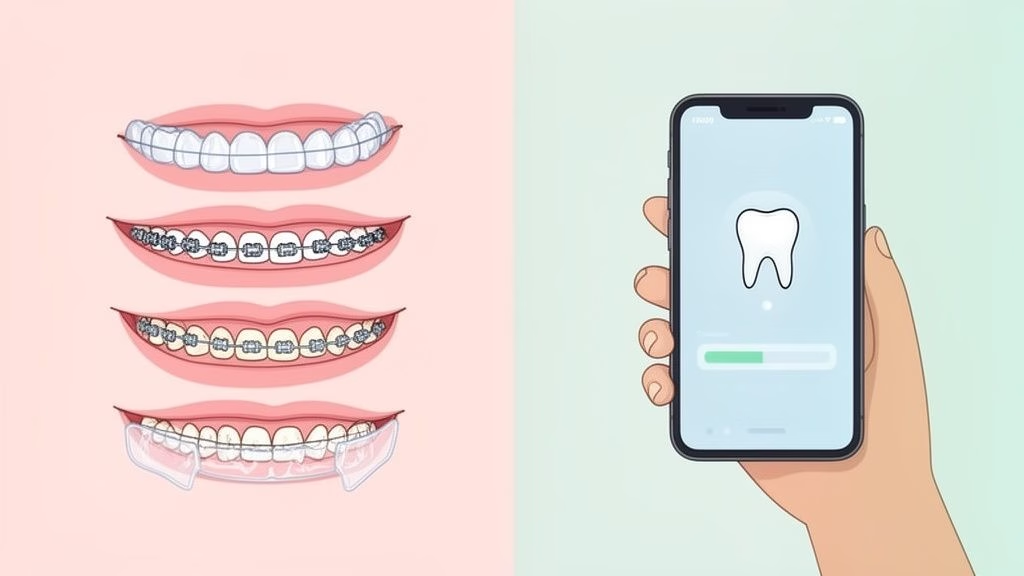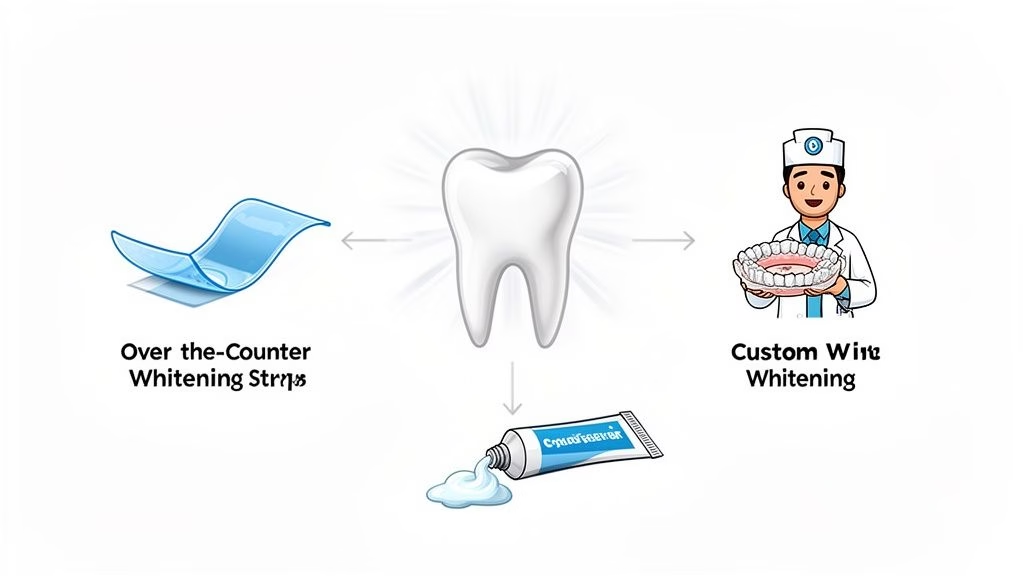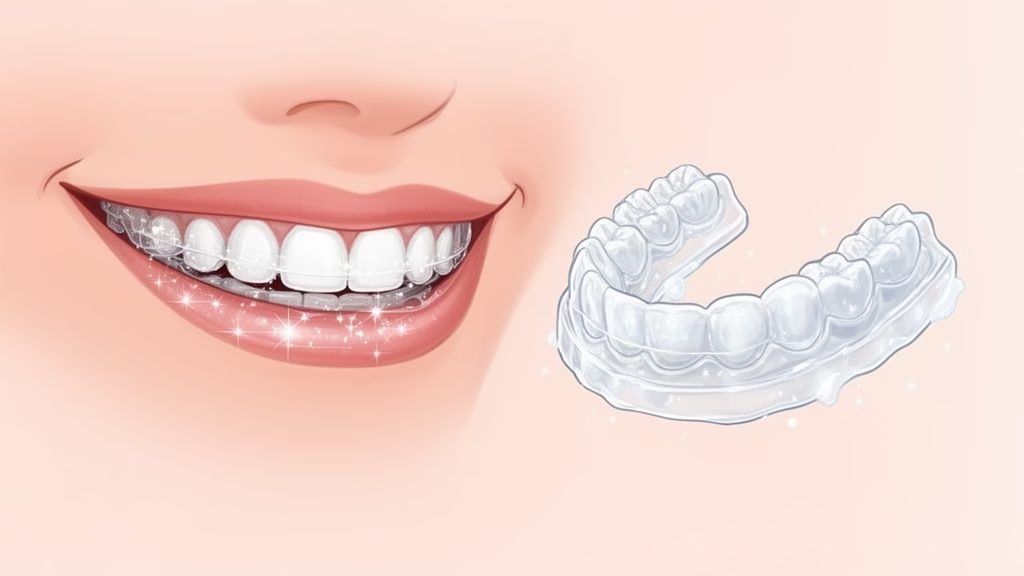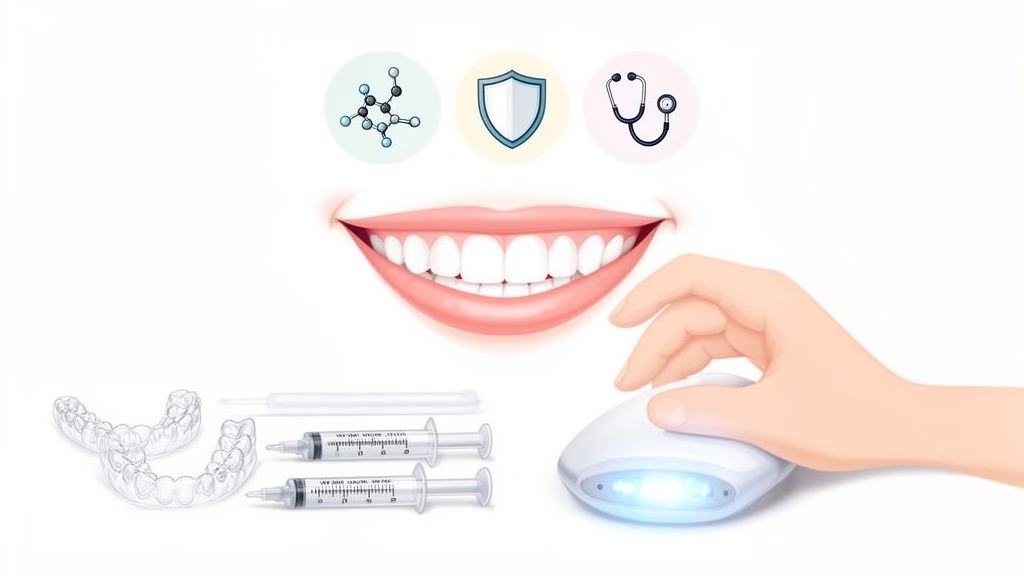What is Interproximal Reduction (IPR)?
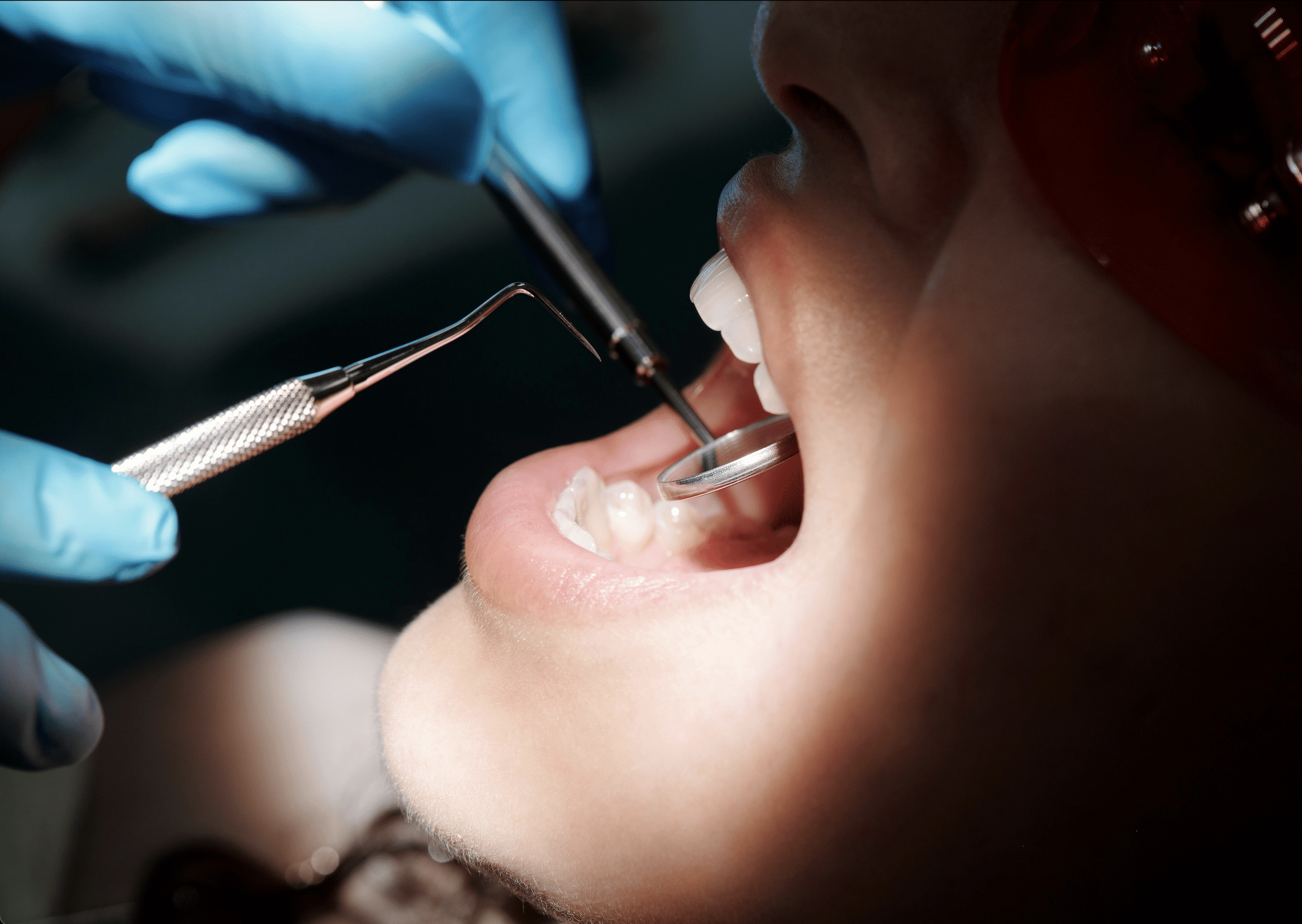
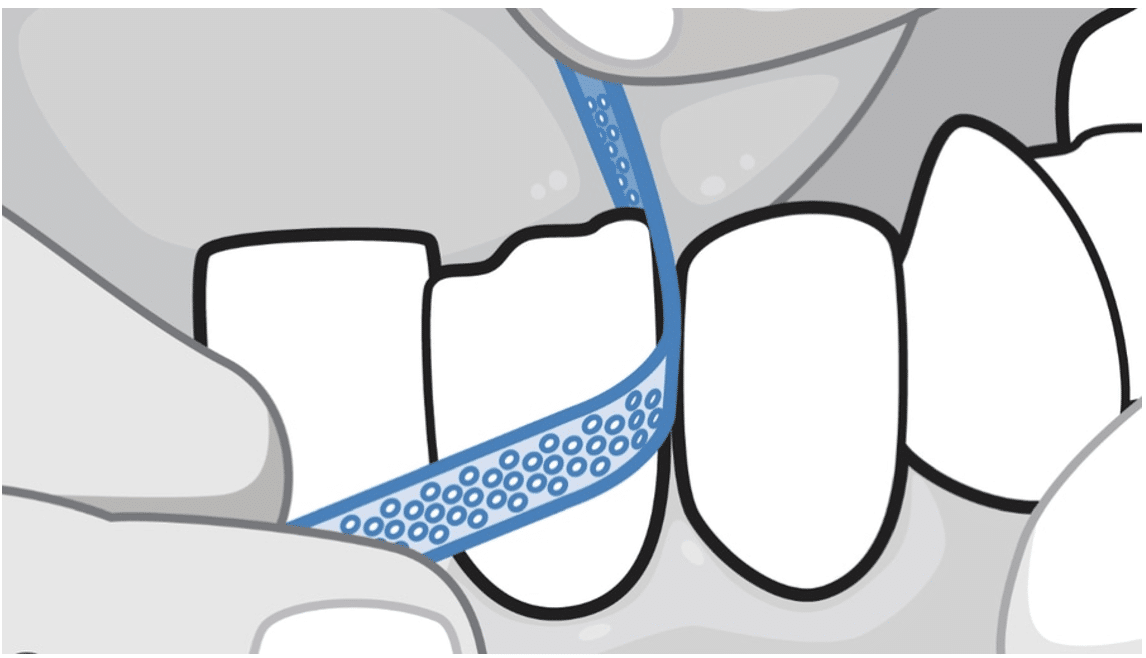
What is Interproximal Reduction (IPR)?
Have you ever heard of Interproximal Reduction, or IPR for short? It might sound a bit technical, but it’s actually a pretty common and straightforward dental procedure. Often known as teeth stripping or enamel reduction, IPR is primarily used in orthodontics to create a bit more space between your teeth. This helps to align them perfectly without needing to extract any teeth. Let’s break down what it’s all about and why your orthodontist might recommend it.
Why Do Dentists Use Interproximal Reduction?
Your Dentist might suggest IPR for a few different reasons:
• Creating Space: If your teeth are a bit too close together, IPR can create just enough room to align them properly.
• Improving Tooth Shape: Sometimes, tweaking the shape and size of your teeth can lead to a better fit and alignment.
• Reducing Crowding: By making a bit more space, IPR can help reduce dental crowding and overlapping, giving you a more even and appealing smile.
How Does Interproximal Reduction Work?
IPR is a precise and minimally invasive procedure, usually performed by an orthodontist or dentist. Here’s a simple overview of how it’s done:
• Assessment and Planning: Your dentist will start with a thorough examination of your teeth, often using X-rays and other imaging tools to figure out exactly where IPR is needed.
• Enamel Reduction: A tiny amount of enamel is gently removed from the sides of your teeth using special dental strips or discs. Usually, this is just 0.2 to 0.5 millimeters—super minimal!
• Polishing and Smoothing: Once the enamel is reduced, your teeth are polished and smoothed to make sure there are no rough edges left behind.
• Follow-Up Care: You’ll get specific instructions on how to care for your teeth after the procedure to maintain oral hygiene and prevent any sensitivity.
What Are the Benefits of Interproximal Reduction?
• Non-Invasive: Compared to other orthodontic treatments like extractions, IPR is much less invasive.
• Quick and Painless: The procedure is usually quick, often wrapped up in a single visit, and typically pain-free with minimal discomfort.
• Improved Oral Health: By reducing crowding, IPR makes it easier to clean between your teeth, leading to better overall oral health.
Is Interproximal Reduction Safe?
Absolutely! When performed by a qualified professional, IPR is a safe procedure. The amount of enamel removed is minimal and won’t affect the health or strength of your teeth. Just be sure to follow the post-procedure care instructions to avoid any potential issues like increased sensitivity or cavities.
Who Might Need Interproximal Reduction?
IPR is often recommended for patients undergoing orthodontic treatments like braces or clear aligners. It’s particularly useful for:
• Mild to Moderate Crowding: When there isn’t quite enough space for your teeth to move into their correct positions.
• Improving Fit of Aligners: Ensuring your clear aligners fit properly and work effectively.
• Correcting Minor Imperfections: Adjusting the shape and size of your teeth to enhance your smile’s overall aesthetics.
Conclusion
Interproximal Reduction is a handy orthodontic technique that helps create space and improves dental alignment. If your orthodontist suggests IPR, rest assured it’s a routine and safe procedure that can significantly enhance the results of your orthodontic treatment.
For more detailed information and professional advice, send us a message via the Toothfairy App.
Last updated on July 22, 2024

Kian Dhinsa
Dr. Kian Dhinsa is a Birmingham-based dental practitioner with a special interest in orthodontics, general dentistry, and and surgery.
He has been recipient of numerous awards, for dental care and digital innovation.
Kian Dhinsa
Dr. Kian Dhinsa is a Birmingham-based dental practitioner with a special interest in orthodontics, general dentistry, and and surgery. He has been recipient of numerous awards, for dental care and digital innovation.


